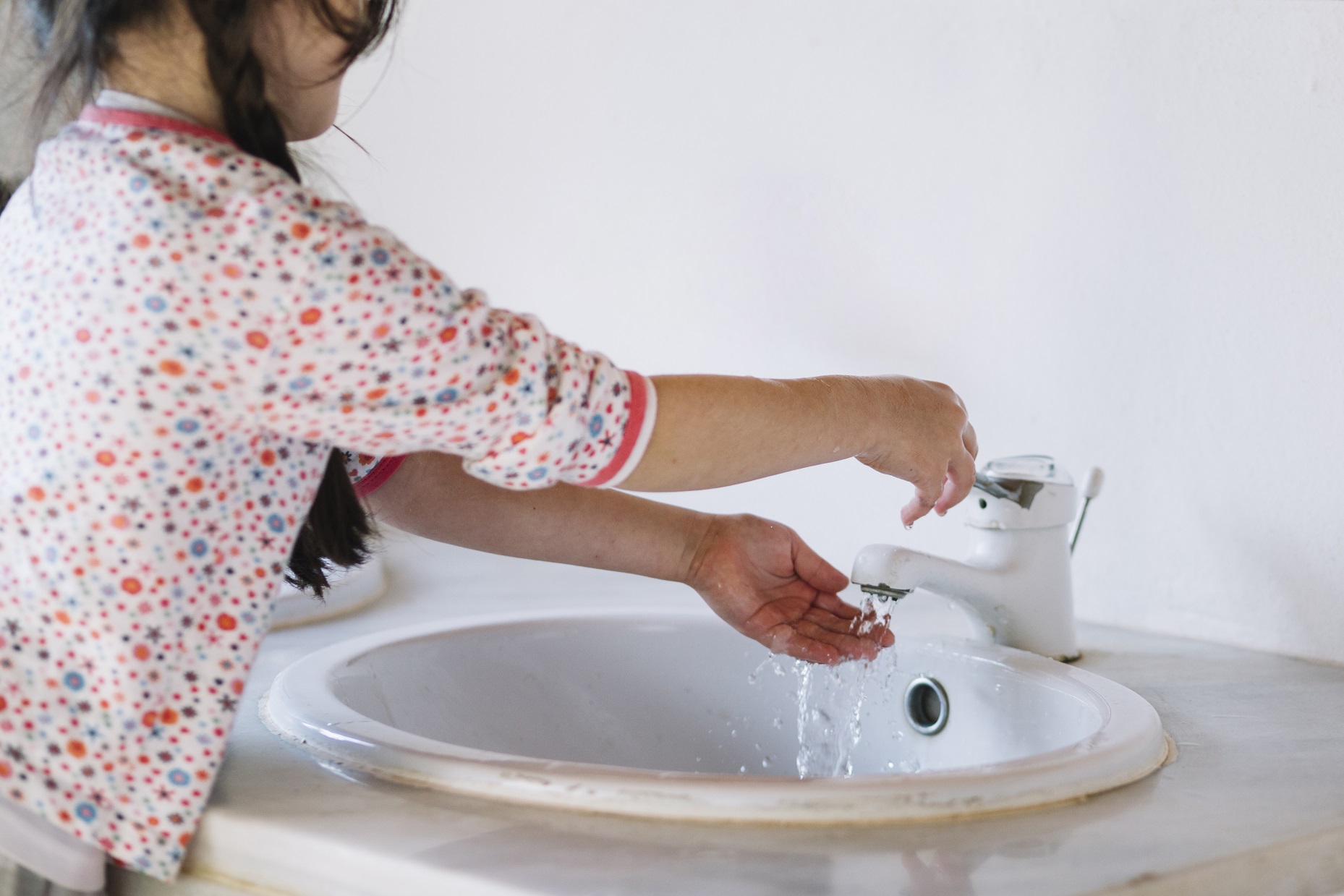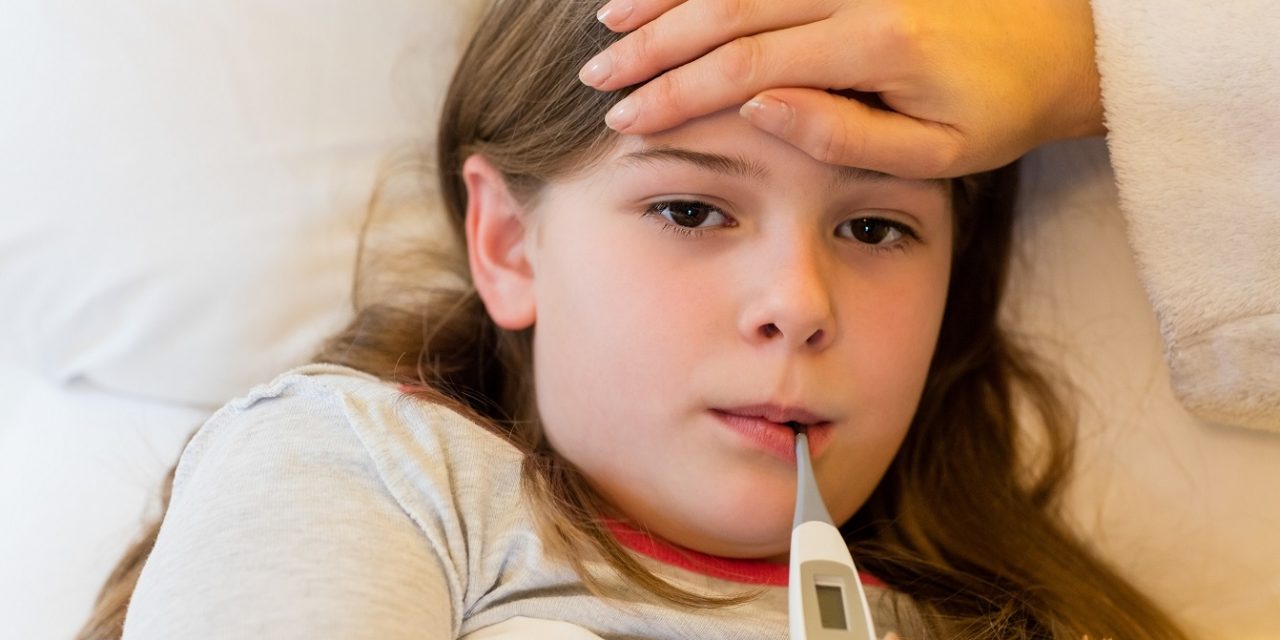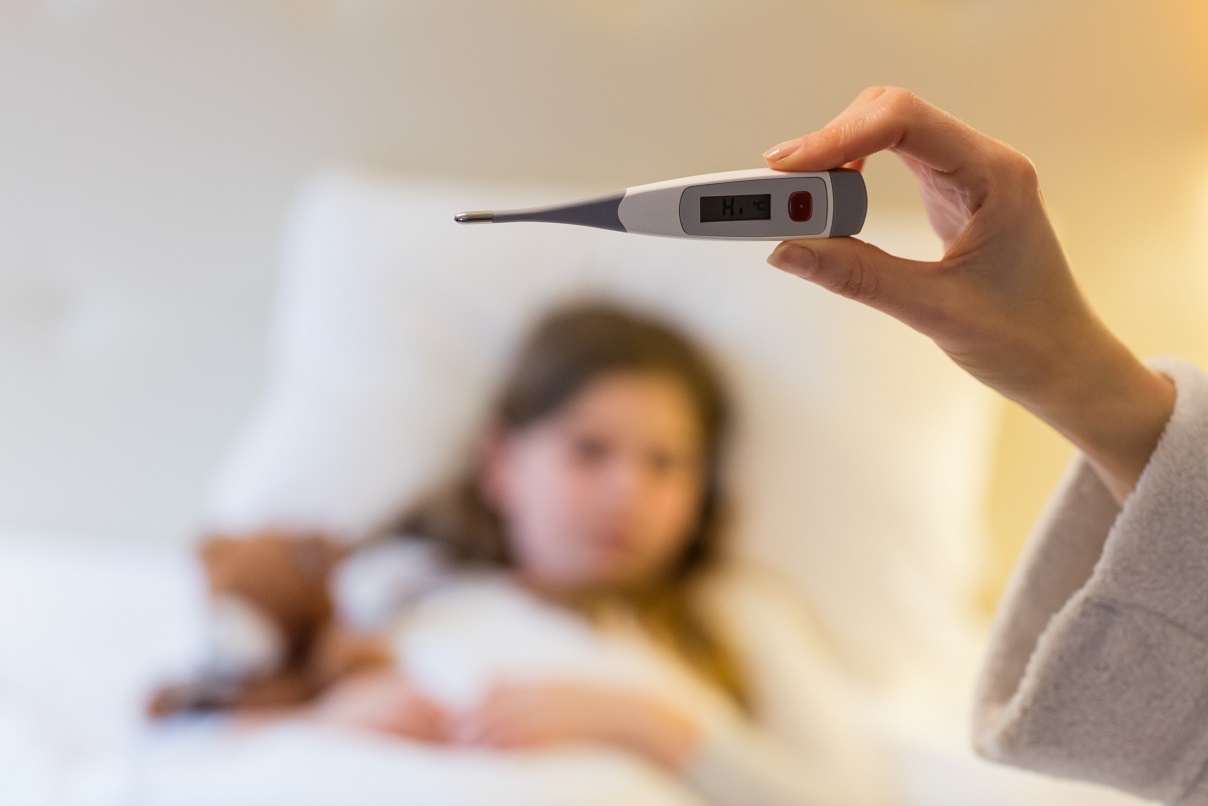With the recent outbreak of hand, foot, mouth disease or also known as HFMD, parents are getting more concerned about whether it is safe to bring their children to public places or even schools. While the disease has always been known as an endemic (i.e. an infection that is always present, but in low-frequency), this year alone more than 40,200 cases have been reported across Malaysia. Most recently, it even claimed two casualties, putting everyone on high alert.
But what exactly is HFMD? How did it get transmitted from a person to another, and is there anything that we can do about it? In this article, we are going to learn all about the disease and the precautionary steps that need to be taken to prevent it from spreading to our little ones.
HOW IS HFMD TRANSMITTED?
Originating from the viral infections of the Coxsackie A16 and Enterovirus 71 (EV71) strains, HFMD is a moderately contagious disease that attacks both children and adults. Nevertheless, children below five years old are more prone to the disease because often, they have yet to develop a strong body immunity against it.
The virus typically spreads through nose and throat discharges (e.g. saliva, nose mucus), blister fluid and faeces of an infected person. The first week of the illness is the most contagious phase for the disease. Hence, should your child came in contact with it, do avoid from going to public places until it subsides.
WHAT ARE THE SIGNS OF HFMD TO LOOK OUT FOR?
Usually, the symptoms of HFMD are only visible after 3 to 6 days after being exposed to the virus. This is called the ‘incubation period’. The common signs that might be visible after the incubation period include fever, redness of the eyes, loss of appetites, loose stool, minimal urine output, and weak limb movement. Then, as the name implies, usually there would be some presence of painful rash-like blisters or lesions on the hand, foot and mouth of the child. Nevertheless, it is important to note that this is not always the case for all children. Different child shows different reaction to the strain and at times, only oral lesion are present, making it hard for parents and teachers to realise it because it is not very obvious.
WHAT CAN YOU DO IF YOUR CHILD HAVE HFMD?
Having your little ones diagnosed with HFMD can be heart-wrenching. And as a responsible parent and functioning member of the society, surely you wouldn’t want other parents to feel the same too. So here are some tips on what to do if your child has HFMD :
- Inform your child’s school, kindergarten, or enrichment centre as soon as you can. This is so that they can look out for symptoms in other children and take extra precautionary steps to avoid the dissemination of the disease.
- Until you are sure that your little one is completely well, do avoid going to public places for a while. Utilise the medical leave given by the doctor, and have them rested fully.
- For fever, you can just head to the pharmacy and get fever reducers like acetaminophen or ibuprofen. Do note that aspirin is not for children. Get the pharmacist to prescribe you a proper set of medication.
- As mouth ulcers can be really painful, some children would refuse to eat. If that’s the case, first, make a change to soft diet e.g. purée or porridge. Chilled soft fruits like watermelon could do the trick too. Also, ensure that the food and milk are not hot or too warm. Then to numb the pain, you can use chilled teethers, mouthwashes, spray or pain-relief gel-like Medigel.
- In preventing dehydration, it is crucial for grownups to make sure that their children get sufficient intake of fluids. Should your little ones have difficulties in consuming liquid, they may need to receive them through an IV.

WHAT ARE THE MEASURES OF PREVENTION?
As of now, according to Datuk Dr. Noor Hisyam, the Chief Health Director of Malaysia’s Ministry of Health, there is no medication or vaccination available to prevent the disease. China is the only country in the world that has it but the number is fairly limited.
However, practicing good hygiene has always been proven to be a good and uncostly prevention method. Below are some of the things you can do to ensure your family and friends are safe from HFMD :
- Make sure to disinfect or wash your hands frequently and properly (i.e. for at least 20 seconds) e.g. after going to the toilet, before eating, changing diapers, and don’t forget to teach your little ones to do the same.
- Do not touch your eyes, nose, and mouth with unwashed hands.
- Prevent from having close physical contact or sharing food and eating utensils with those who have HFMD.
- Use bleach or sanitisers to disinfect toys that are contaminated saliva, cough, sneeze or nasal fluid and surfaces that are frequently touched.
- Wear a mask when feeling unwell and don’t forget to cover your mouth with tissue or handkerchief when sneezing or coughing.
- Before sending your little ones to their schools, do check their temperature and look out for any rashes on their hands, feet, and mouth. Use torchlight (if needed) to see if there lesions on the palate of the mouth.

Editor’s note: Because HFMD is an endemic, there wouldn’t be a time where we don’t have it anymore. Thus, parents and educational premises should always stay vigilant and take the appropriate measures to prevent it from spreading.










Howdy! This post could not be written much better!
Going through this article reminds me of my previous roommate!
He continually kept talking about this. I most certainly will send this information to him.
Fairly certain he will have a great read. Many thanks for sharing!
An outstanding share! I’ve just forwarded this onto a coworker who has been doing a little homework on this. And he in fact bought me lunch because I stumbled upon it for him… lol.
So let me reword this…. Thank YOU for the meal!! But yeah, thanx for spending time to discuss this matter here on your site.
Just wanted to say excellent blog!
Excellent way of explaining, and pleasant piece of writing.
This article I recommend it.
Thanks and keep it up!